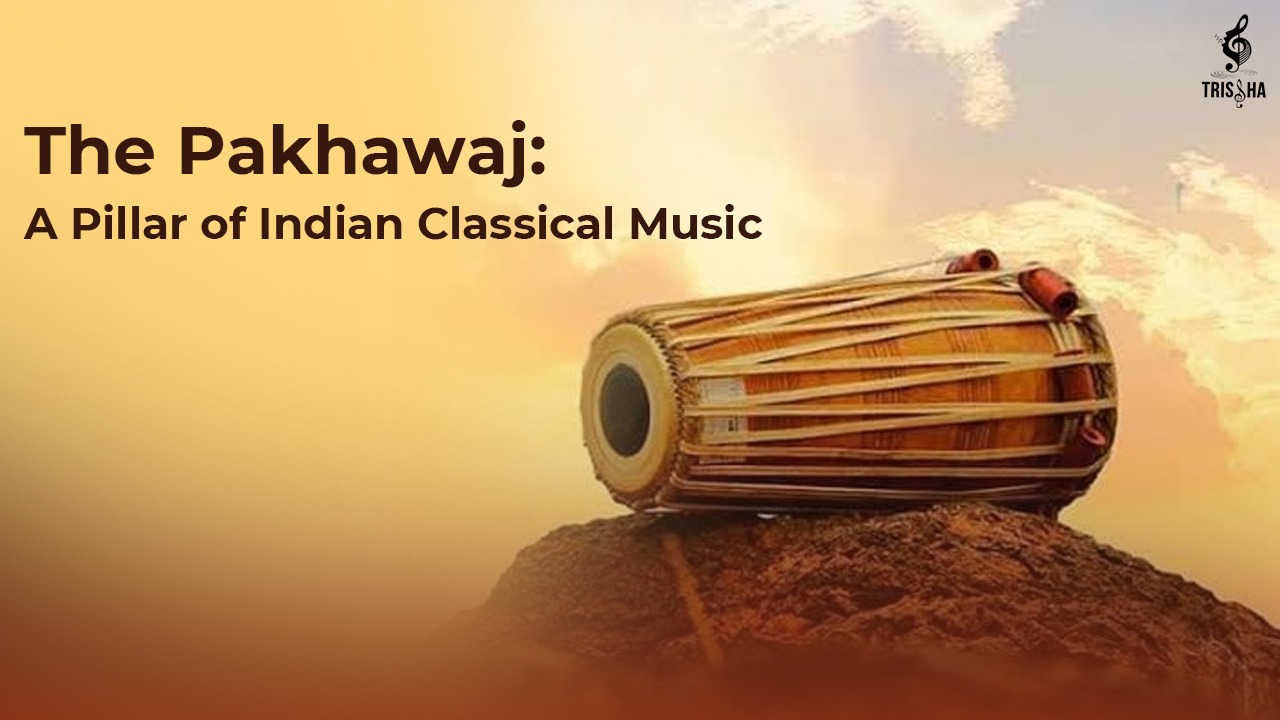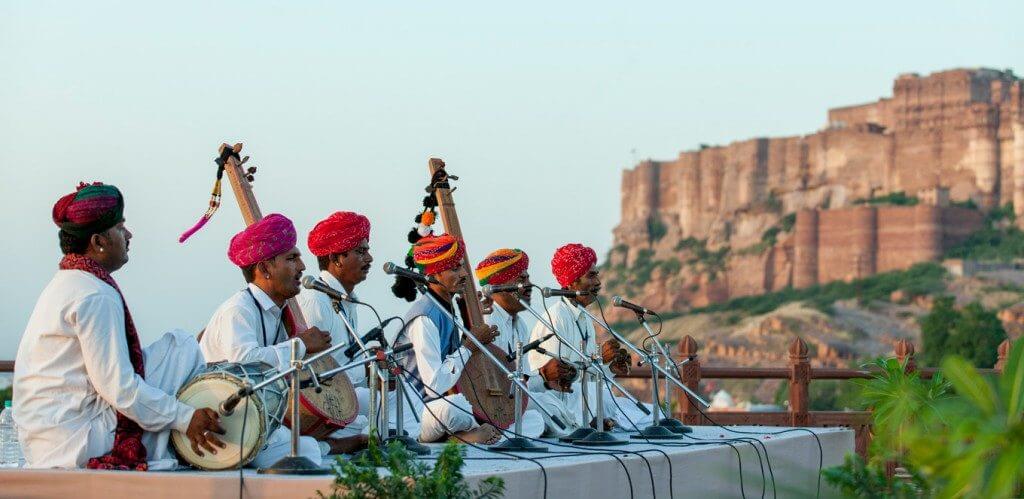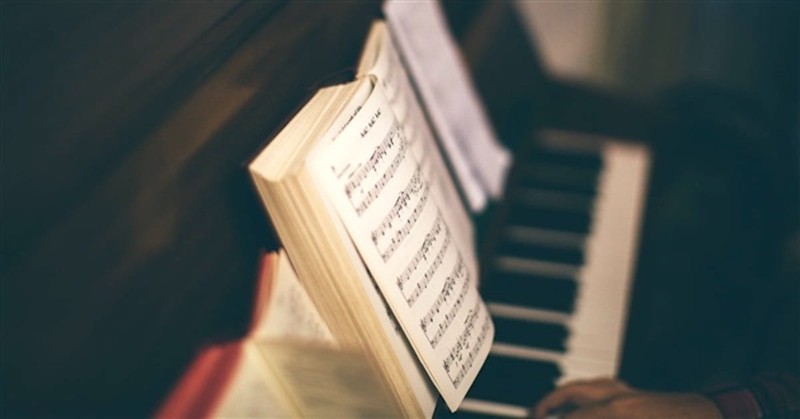The Pakhawaj: A Pillar of Indian Classical Music
The Pakhawaj, a traditional Indian percussion instrument, holds a significant place in the realm of Indian classical music. Known for its deep, resonant tones, the Pakhawaj is a barrel-shaped, two-headed drum that has been an integral part of the Dhrupad style of music, one of the oldest forms of North Indian classical music. This blog delves into the history, construction, playing technique, and cultural significance of the Pakhawaj, drawing on real-world references to provide a comprehensive overview.
Historical Background
The Pakhawaj, also known as Mridang in its earlier forms, has a rich history that dates back to ancient India. The instrument is believed to have evolved from the Mridangam, a similar drum used in South Indian classical music. The transition from Mridangam to Pakhawaj involved changes in materials and construction techniques, with the latter being made primarily from wood instead of clay. This evolution marked the Pakhawaj’s emergence as a distinct instrument in the North Indian classical music tradition.
Construction and Design
The Pakhawaj is typically made from a hollowed-out block of wood, often sourced from trees like red sandalwood, Indian rosewood, or khair². The drum is approximately two to two-and-a-half feet long and has a barrel shape. Both ends of the drum are covered with animal skin, usually goat skin, which is stretched and secured with leather straps. The larger end, known as the bass side, produces a deep, resonant sound, while the smaller end, the treble side, produces a higher-pitched tone.
One of the unique features of the Pakhawaj is the application of a dough-like substance on the bass side, known as ‘syahi’ or ‘kiran’. This substance enhances the bass sound, giving the Pakhawaj its characteristic deep and mellow tone. The treble side is tuned using wooden wedges placed under the tautening straps, allowing for fine adjustments in pitch.
Playing Technique
The Pakhawaj is played horizontally, with the drum placed on the floor in front of the musician. The player uses both hands to strike the drumheads, employing a variety of hand configurations to produce different sounds. The bass side is typically played with the whole palm, while the treble side is played with the fingers. The rhythms, or ‘tala’, are taught using mnemonic syllables known as ‘bols’, which help in memorising complex rhythmic patterns.
The playing technique of the Pakhawaj differs significantly from that of the tabla, another prominent Indian percussion instrument. While the tabla is played with the fingertips, the Pakhawaj requires the use of the whole hand, resulting in a more robust and resonant sound.
Cultural Significance
The Pakhawaj holds a revered place in Indian classical music, particularly in the Dhrupad genre. Dhrupad, characterised by its meditative and solemn nature, relies heavily on the Pakhawaj for rhythmic accompaniment. The instrument’s deep, resonant tones complement the vocal and instrumental melodies of Dhrupad, creating a harmonious and immersive musical experience.
Beyond Dhrupad, the Pakhawaj is also used in other forms of Indian classical music and dance, including Kathak and Odissi. Its versatility and rich tonal quality make it a preferred choice for many classical musicians and dancers.
Modern Relevance
In contemporary times, the Pakhawaj continues to be an essential part of Indian classical music. Renowned Pakhawaj players, such as Pandit Mohan Shyam Sharma and Pandit Akhilesh Gundecha, have contributed significantly to the instrument’s popularity and preservation. These maestros have not only performed extensively but have also trained the next generation of musicians, ensuring the continuity of this ancient art form.
Moreover, the Pakhawaj has found a place in fusion music, where it is used alongside Western instruments to create innovative and eclectic compositions. This blending of musical traditions highlights the Pakhawaj’s adaptability and enduring appeal.
Conclusion
The Pakhawaj, with its rich history, unique construction, and profound cultural significance, remains a cornerstone of Indian classical music. Its deep, resonant tones and versatile playing technique make it an indispensable instrument in the Dhrupad tradition and beyond. As contemporary musicians continue to explore and innovate, the Pakhawaj’s timeless appeal ensures its place in the evolving landscape of Indian classical music.







There are no comments